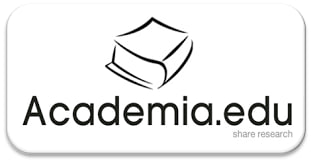Examining patterns and processes of planning young manpower
Keywords:
Planning, human resources, planning model and processAbstract
Background and Aim: The analysis and forecasting of the need for a labor force, especially specialized forces, in the second half of the 20th century drew the attention of governments more and more. One of the human resource planning approaches is the modeling approach, which includes forecasting and scenario planning. In this article, an attempt has been made to provide a comprehensive model by analytically examining the human resources planning models. Method: Historical method has been used for this research. Historical research emphasizes collecting data related to the past from reliable sources and their analysis. Results: The collected data indicate that all the models are related to analyzing the current workforce and identifying the skills needed in the future to improve services and provide the organization's existential philosophy. Analysis of supply and demand, comparison between the current workforce and the workforce. The future and identification of shortages or surplus of human resources are common concepts in all models. Conclusion: Human resource planning, with its two hard and soft dimensions, satisfies employees and managers and allows the organization to use all resources optimally. Therefore, in order to comprehensive planning Human resources, human resources managers should be familiar with the policy and executive requirements of the organization, be in contact with all organizational units, be aware of the needs and demands of employees, and include all matters in short-term and long-term plans.
Downloads
Downloads
Published
Issue
Section
License

This work is licensed under a Creative Commons Attribution-NonCommercial 4.0 International License.









